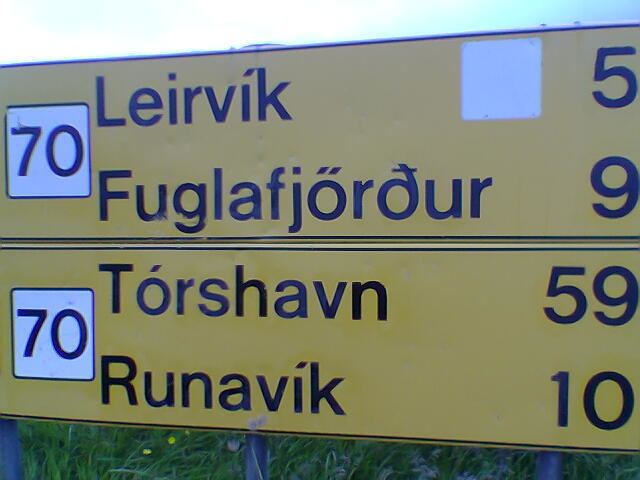 | ||
The double acute accent ( ˝ ) is a diacritic mark of the Latin script. It is used primarily in written Hungarian, and consequently is sometimes referred to by typographers as Hungarumlaut. The signs formed with diacritic marks are letters in their own right in the Hungarian alphabet (for instance, they are separate letters for the purpose of collation).
Contents
History
Length marks first appeared in Hungarian orthography in the 15th-century Hussite Bible. Initially, only á and é were marked, since they are different in quality as well as length. Later í, ó, ú were marked as well.
In the 18th century, before Hungarian orthography became fixed, u and o with umlaut + acute (ǘ, ö́) were used in some printed documents. 19th century typographers introduced the double acute as a more aesthetic solution.
Hungarian
In Hungarian, the double acute is thought of as the letter having both an umlaut and an acute accent. Standard Hungarian has 14 vowels in a symmetrical system: seven short vowels (a, e, i, o, ö, u, ü) and seven long ones, which are written with an acute accent in the case of á, é, í, ó, ú, and with the double acute in the case of ő, ű. Vowel length has phonemic significance in Hungarian, that is, it distinguishes different words and grammatical forms.
Slovak
At the beginning of the 20th century, the letter A̋ a̋ (A with double acute) was sometimes used in Slovak as a long variant of the short vowel Ä ä (A with diaeresis), representing the vowel /æː/ in dialect or in some loanwords. Other long vowels are written with a single acute accent.
The letter is still used for this purpose in Slovak phonetic transcription systems.
Handwriting
In handwriting in German and Swedish, the umlaut is sometimes written similarly to a double acute.
Chuvash
The Chuvash language written in the Cyrillic script uses a double-acute Ӳ, ӳ /y/ as a front counterpart of Cyrillic letter У, у /u/ (see Chuvash vowel harmony), likely after the analogy of handwriting in Latin script languages. In other minority languages of Russia (Khakas, Mari, Altai, and Khanty), the umlauted form Ӱ is used instead.
Faroese
Classical Danish handwriting uses "ó" for "ø", which becomes a problem when writing Faroese in the same tradition, as "ó" is a part of the Faroese alphabet. Thus ő is sometimes used for ø in Faroese.
International Phonetic Alphabet
The IPA and many other phonetic alphabets use two systems to indicate tone: a diacritic system and an adscript system. In the diacritic system, the double acute represents an extra high tone.
One may encounter this use as a tone sign in some IPA-derived orthographies of minority languages, such as in the North American Native Tanacross (Athapascan). In line with the IPA usage it denotes the extra-high tone.
